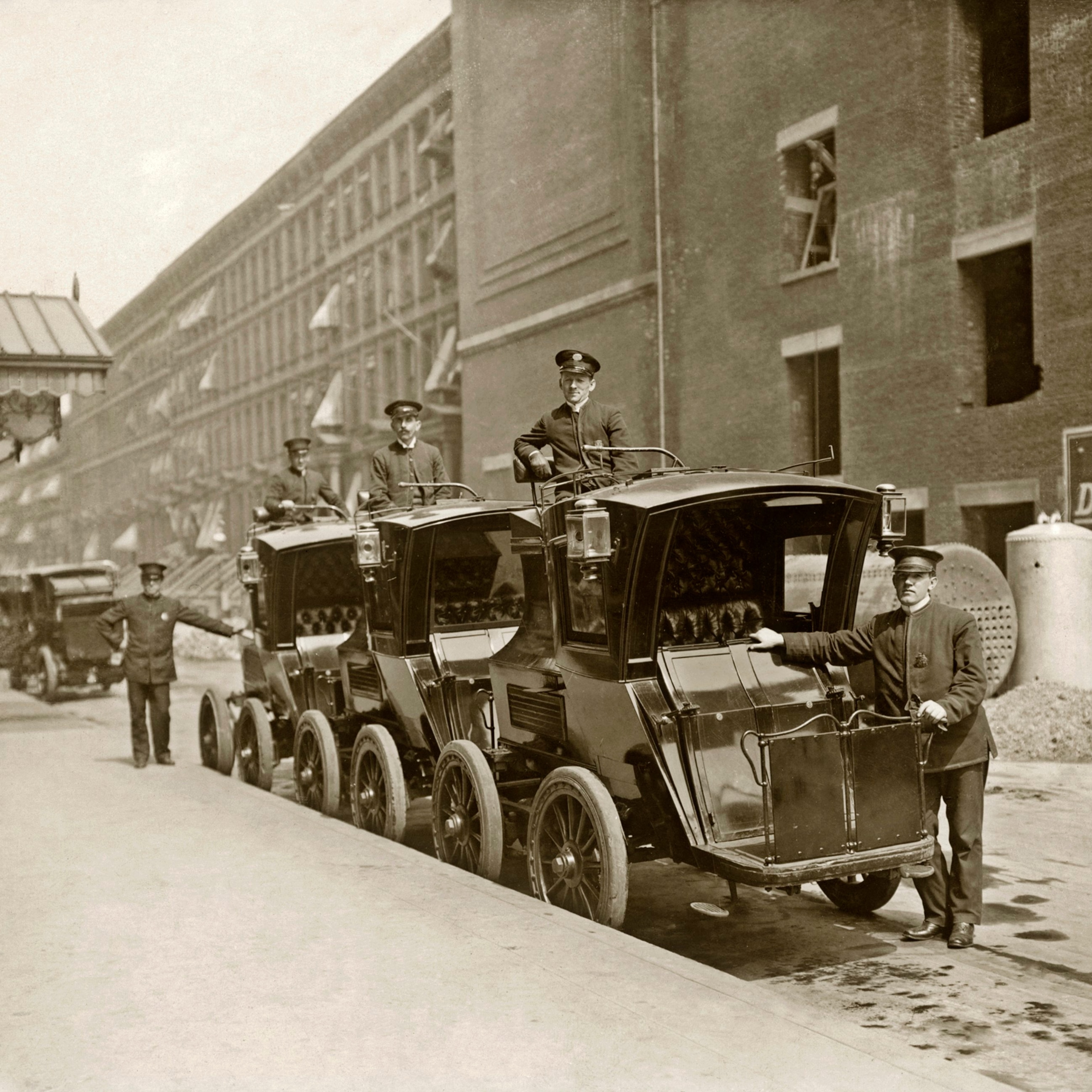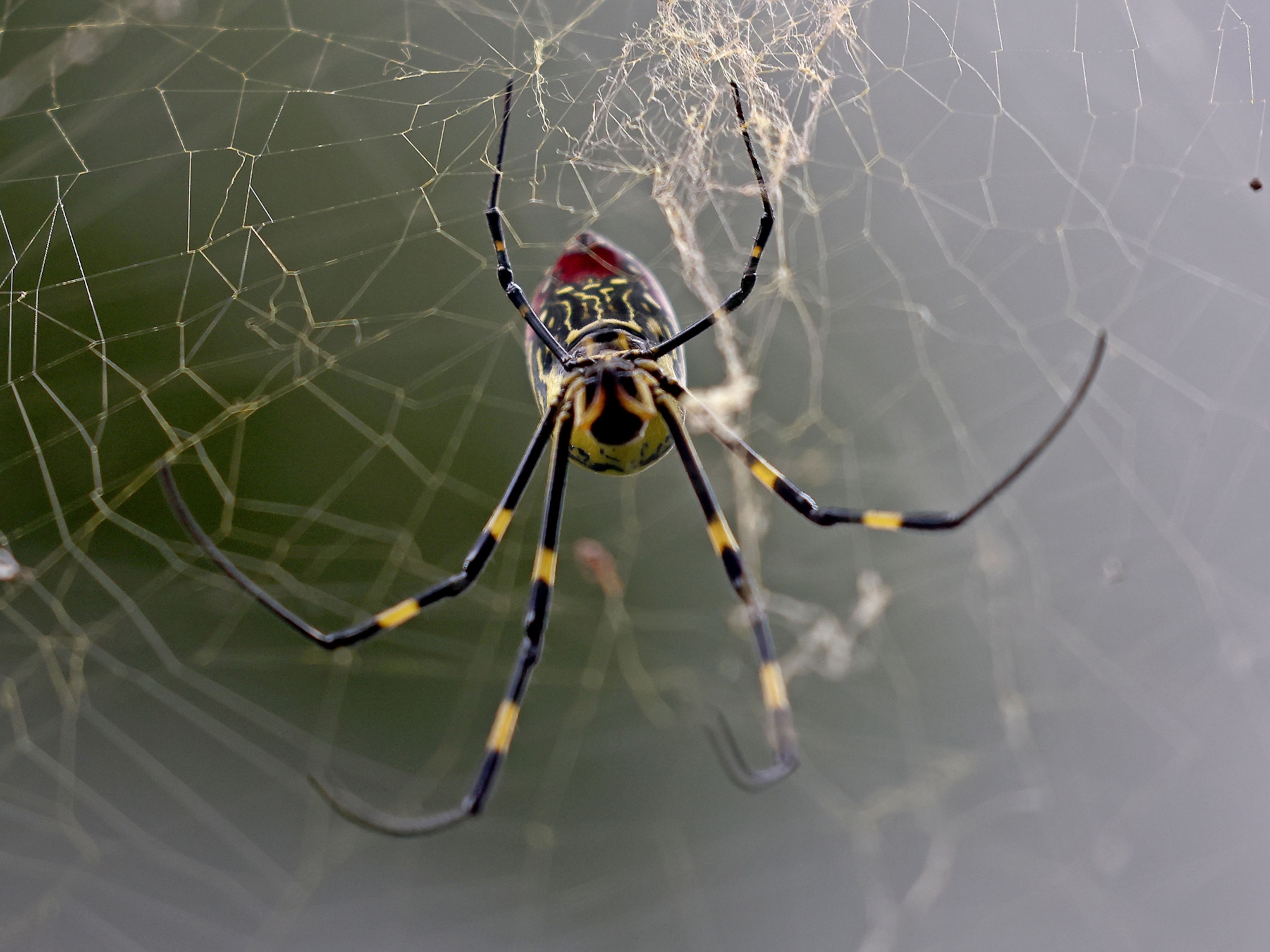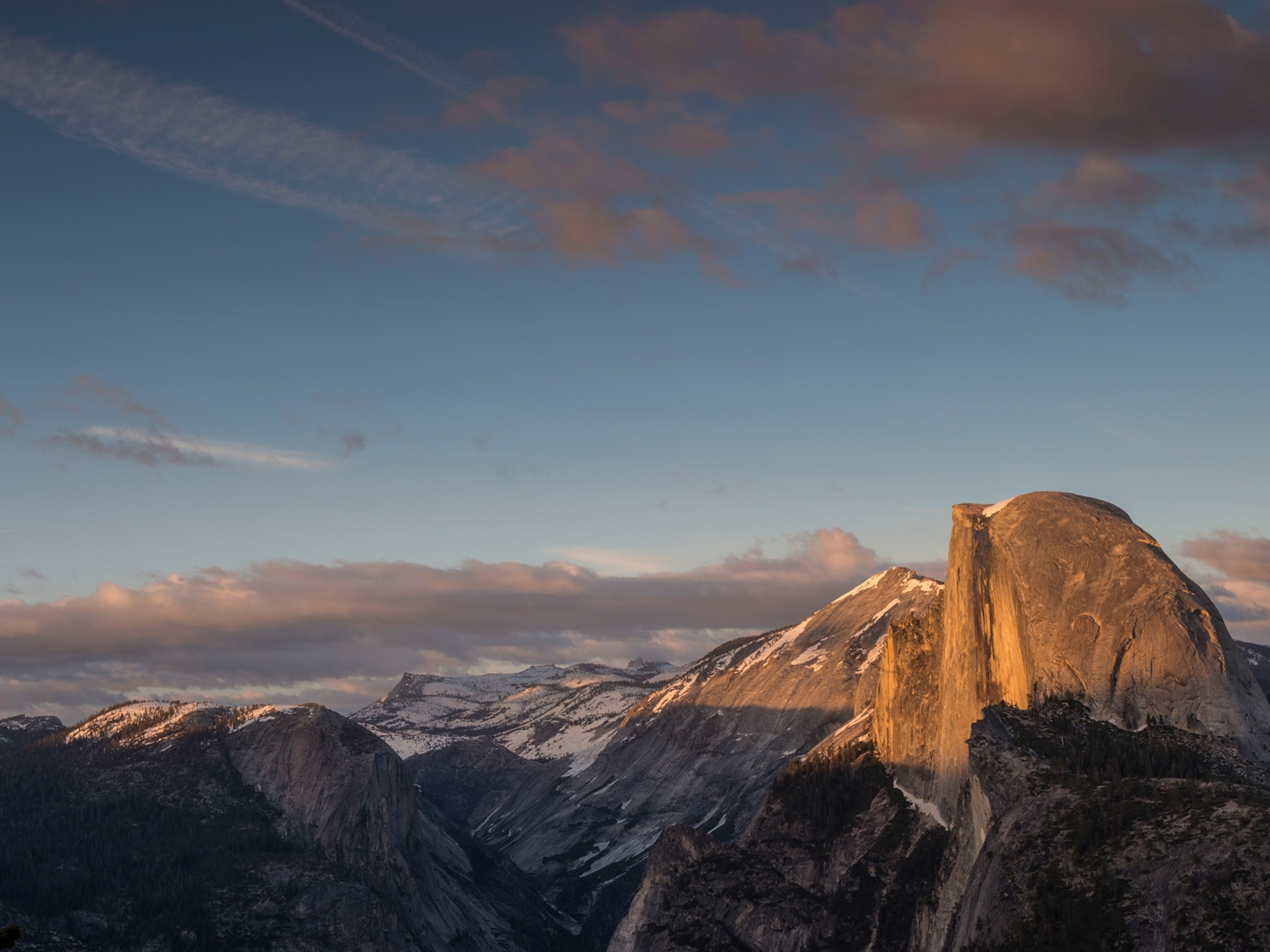10 of the world’s quirkiest forms of public transport
As the Philippines phases out its distinctive jeepney, we look at the more unusual ways travelers can get from A to B.
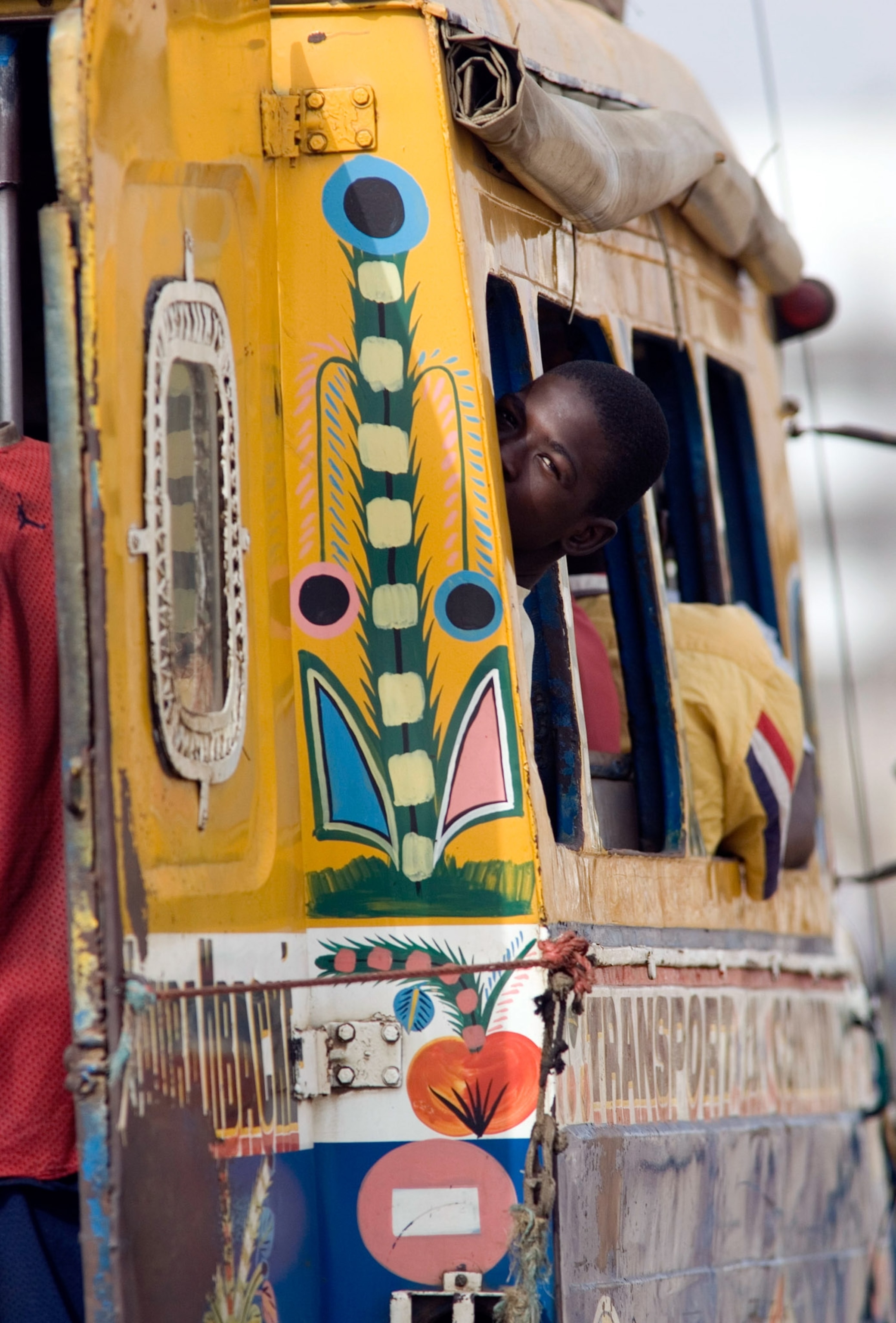
They hang upside down, slide into canals, roll down hills, or act as mobile nightclubs, but in the end the world’s most unique modes of public transport get commuters where they need to go. From sleds to tricycles to toboggans, many of these vehicles have become national icons, beloved by locals and enjoyed by tourists.
Take the Philippine jeepney. These polychromatic buses fashioned from old United States military jeeps have been a bedrock of the country’s public transport system for decades. Similar to a tuk-tuk ride in Thailand, a jaunt in a jeepney is a quintessential Philippine tourist experience. Now, however, the country is phasing out its jeepneys, numbering at least 150,000, and replacing them with more modern, efficient, and eco-friendly buses and minivans.
From Asia to Africa, Europe, the U.S., and South America, here are 10 of the world’s most intriguing forms of public transport.
Jeepneys in the Philippines
They may be slow moving, smoke spewing, and road clogging, but jeepneys remain hugely popular. Decorated in eye-watering colors and motifs, the vehicles are so ubiquitous, they’ve imprinted themselves on the national psyche. Since hitting the streets in the 1950s, they’ve proved not just useful but also proud examples of Filipino ingenuity and creativity. They were converted from army carriers left behind after WWII by the U.S., which had several bases in the Southeast Asian country. To give jeepneys a local identity, they were emblazoned with bright murals.
(Here’s why the Volkswagen “Beetle” remains an icon in Mexico.)
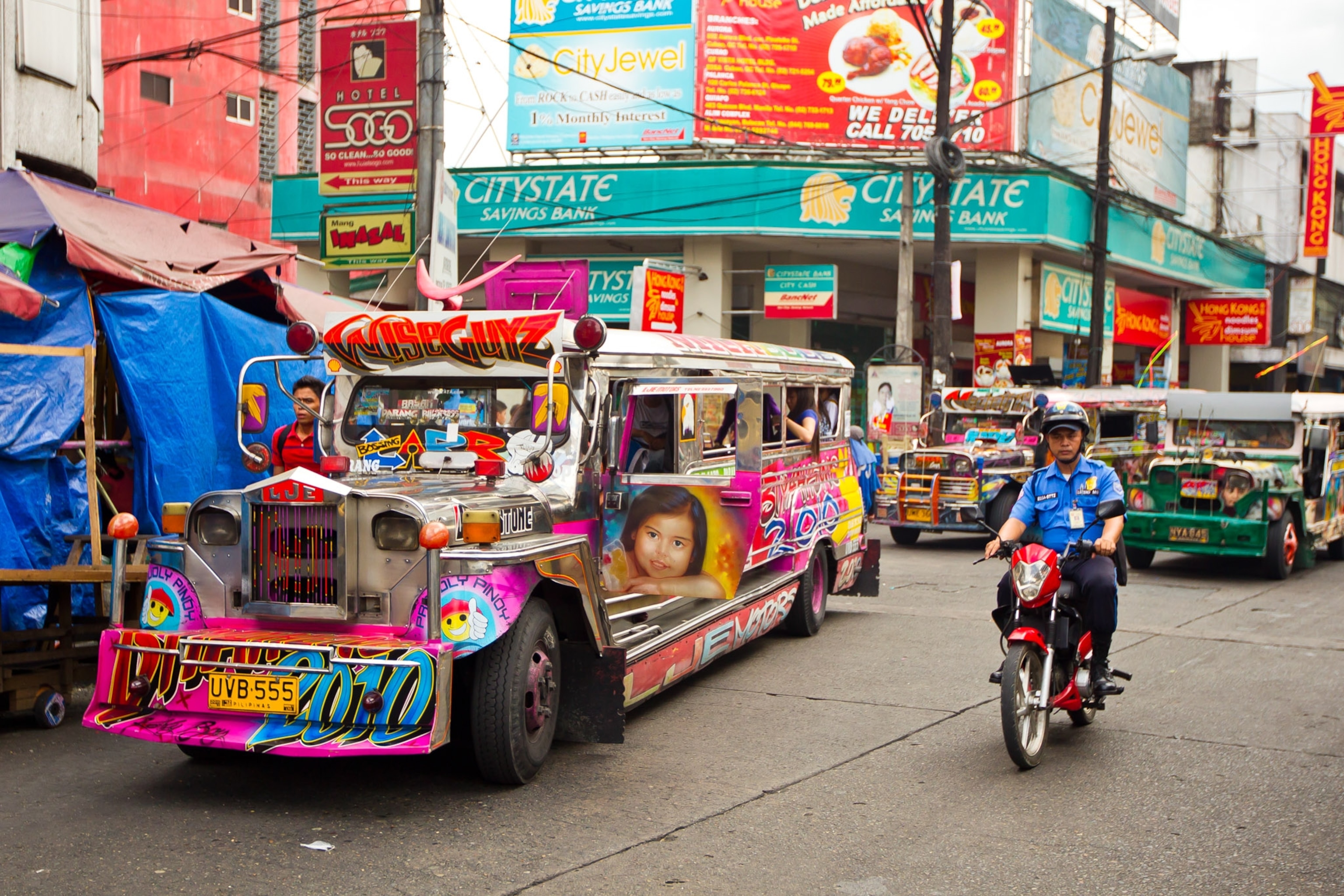
Trishaws in Malacca
For such small vehicles, you can see and hear Malacca’s trishaws from surprisingly far away. While pedal-powered rickshaws dwindled across Asia decades ago, in this Malaysian city they’re rolling strong thanks to social media, with its pimped-out versions becoming an Instagrammable favorite. Decorated by neon lights, plastered in cartoon designs, and pumping music from stereos, they’re like mobile nightclubs.

Suspension monorail in Wuhan
It cruises above Wuhan while hanging upside down. This Chinese city’s next tourist attraction is a hyper-modern monorail, which had its final trial in May and is set to launch soon. Suspended below a rail beam, the Optics Valley Photon train has two cars that can accommodate 200 passengers and offer them a 270-degree view of the surrounding scenery. The first phase of this suspension monorail system will service a 6.5-mile line, stop at six stations, and reportedly travel up to 43 miles an hour.
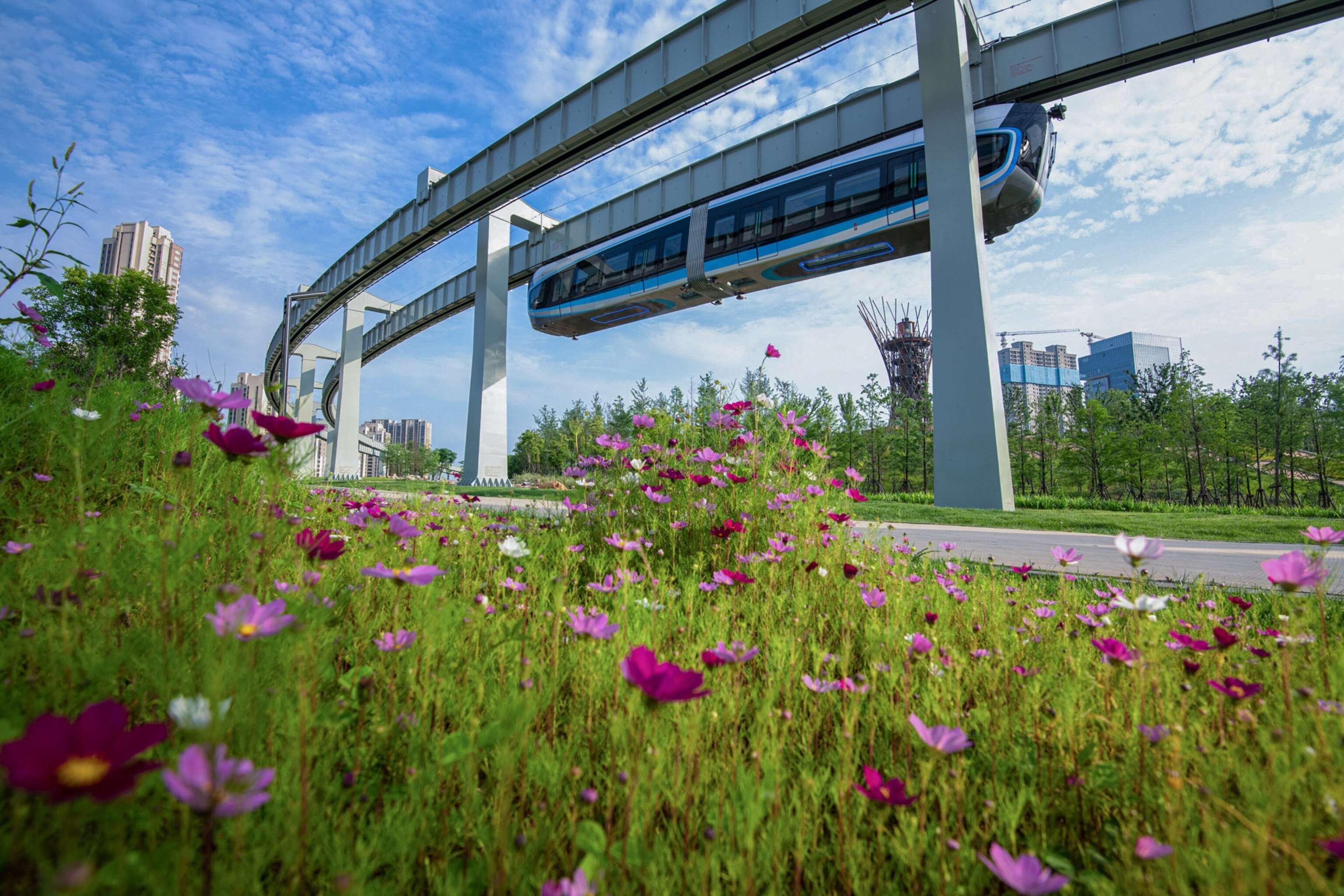
E-sleds in Lapland
In the icy wilds of Finnish Lapland, one of Europe’s northernmost regions, cars can’t access many locations, so snowmobiles come to the fore. Recently, this scenic swath has become serviced by eco-friendly versions called e-sleds. While locals employ these electric vehicles to commute or do errands, tourists can use them to reach frozen lakes, sublime forests, and prime ice-fishing spots.
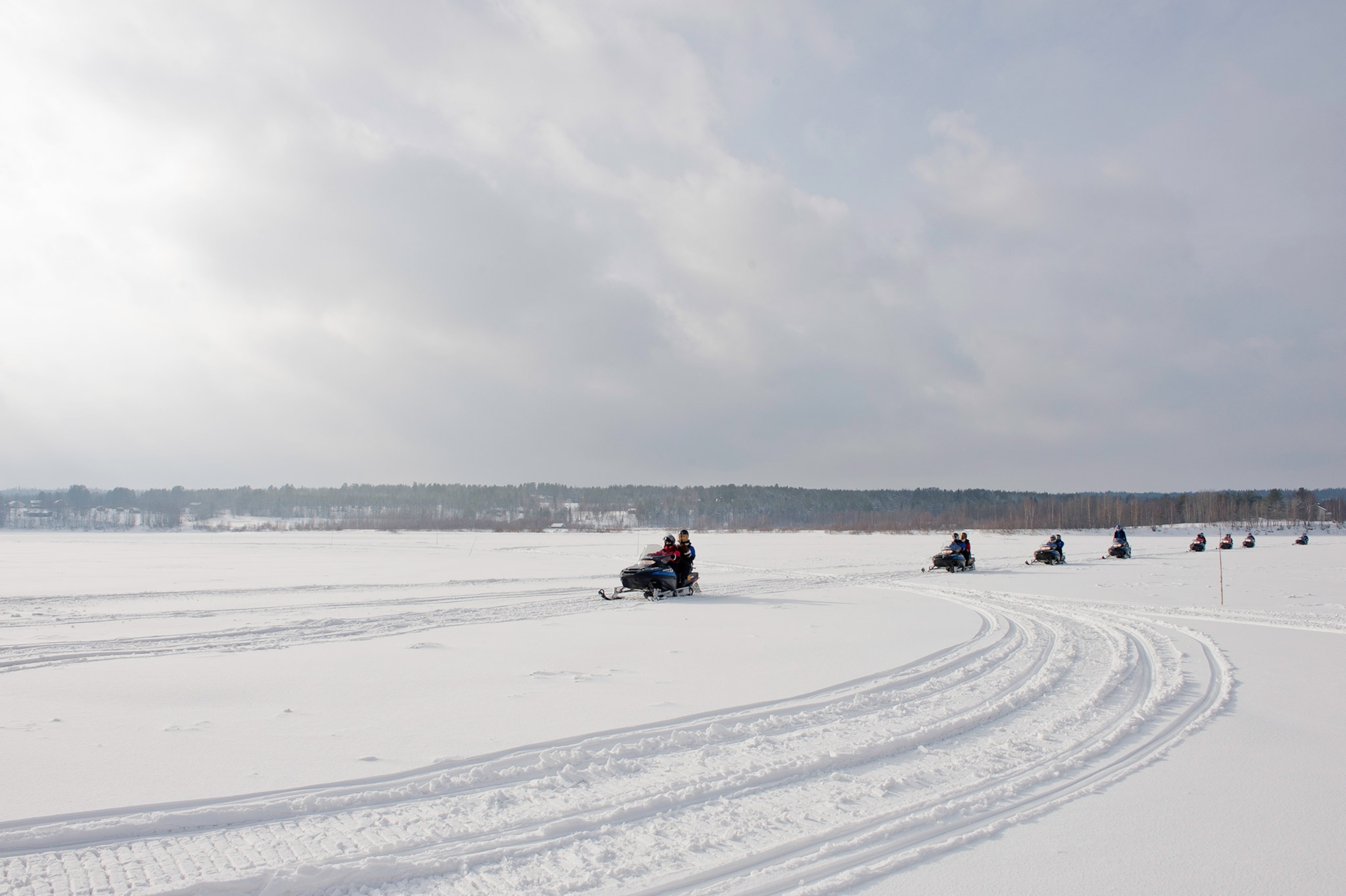
Hand-pulled rickshaws in Kolkata
Kolkata is one of few cities where hand-pulled rickshaws remain as public transport, rather than as a novelty. In the 1800s, Chinese immigrants introduced these two-wheeled carts to this historic city in northeast India. Lean, fit rickshaw wallahs, as they are called, use only their strength to haul these rickety, antiquated vehicles through the teeming traffic of this giant metropolis.

Toboggans in Madeira
Sitting on a wicker armchair and sliding down a hill may be an unforgettable holiday experience. But for decades since the mid-1800s, these toboggans were used as public transport in Madeira, Portugal. Nowadays it’s tourists who descend the hillside streets of Funchal city, with two nimble operators running behind to push the sled in the safest direction.
(In Switzerland, sledding is a national pastime.)

Car rapides in Dakar
They were built in France in the 1970s before moving to Africa, where they became a celebrated form of transportation. In Senegal, they are known as car rapide, but they’re neither cars nor swift. Instead, they’re rather bulky buses that chug along the crowded streets of national capital Dakar. Just like the Philippine jeepney, car rapides exist in large numbers, are garishly decorated, have strong sentimental value, and are being phased out to improve road traffic.
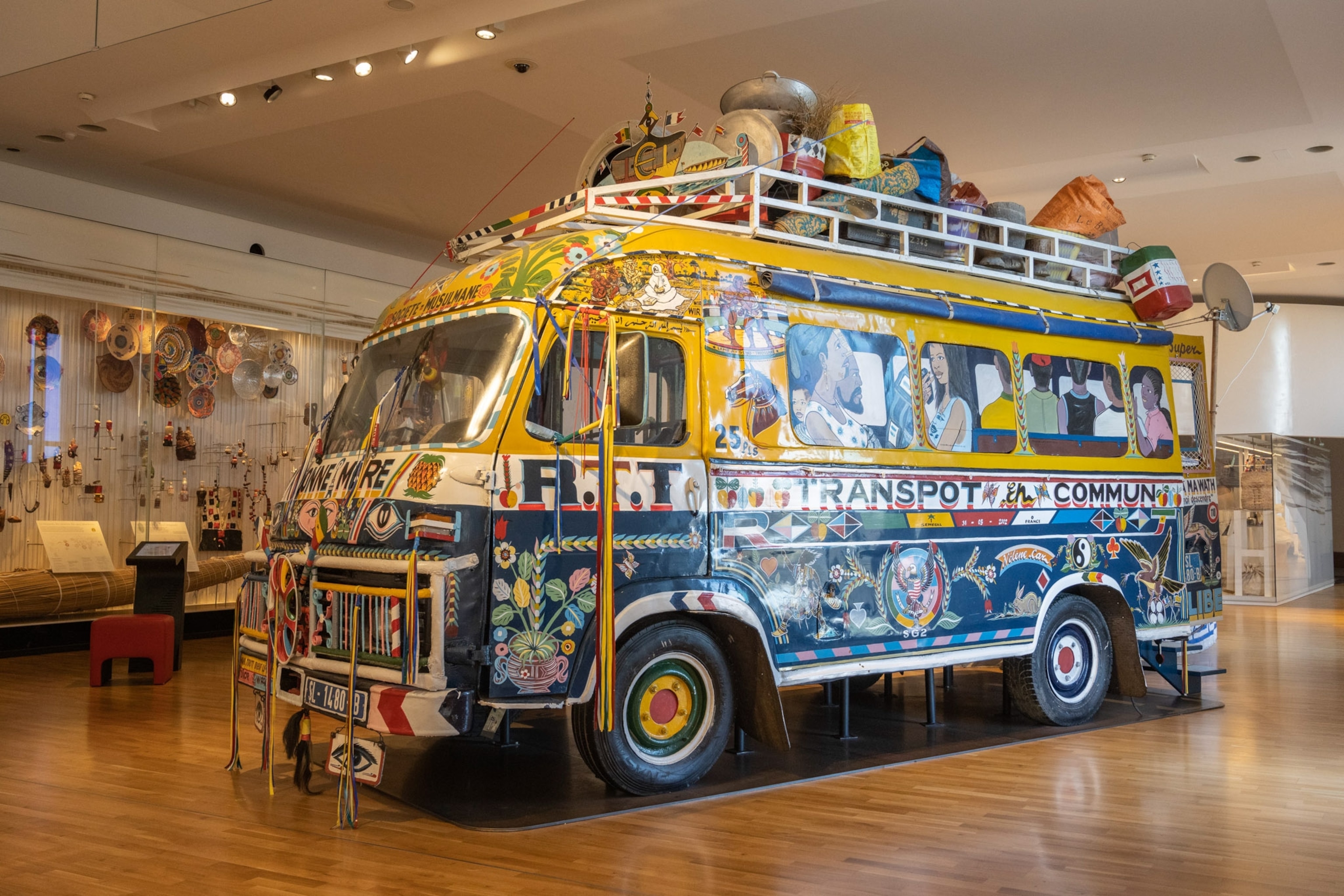
Bush planes in Alaska
Parts of this vast U.S. state are so isolated that it’s either impossible or too time-consuming to reach them by car or snowmobile. Luckily, Alaska’s skies offer a clear path for its bush planes, a key form of public transport. Most are small, basic aircraft that can land on narrow, rough runways; some on water. They ferry supplies and residents between remote communities and bring tourists to the wilderness.

Amphibious buses in the Netherlands
No one panics when the Netherlands’ Amfibus runs off the road and splashes into a canal. That’s because it promptly floats and motors along the waterway before rejoining the streets. For more than a decade, Dutch cities have been serviced by this amphibious vehicle, which is part bus, part boat. Built by Dutch Amphibious Transport, the Amfibus can travel 60 miles per hour on tarmac, and 6.5 knots on the water.
(Learn how tour boats can help Mexico’s fragile wetland.)
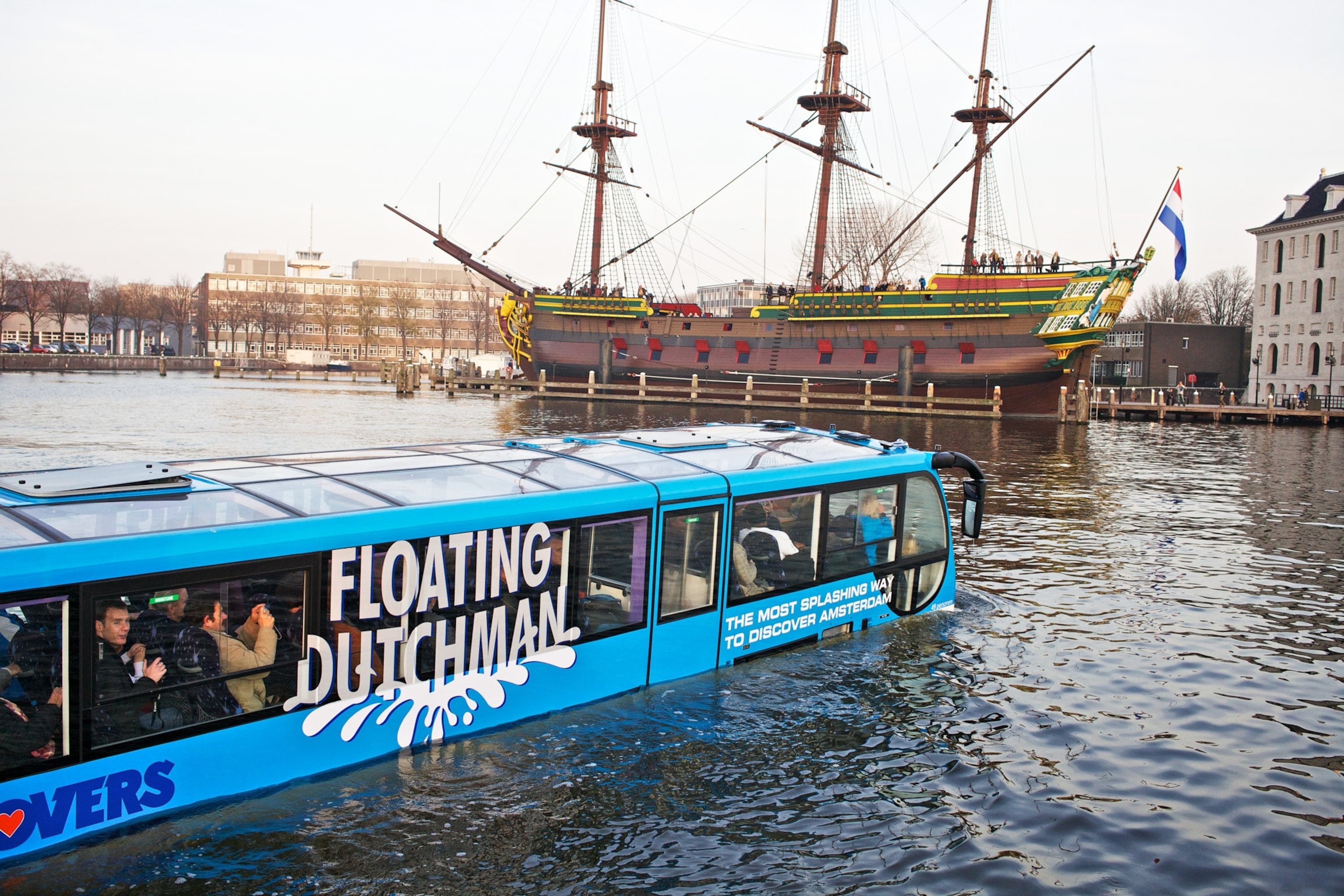
Chicken buses in Guatemala
Old U.S. school vehicles have found new life as “chicken buses” in Guatemala. The common practice of passengers carrying clucking birds onboard inspired its name. For decades, these brightly colored vehicles have plied the sometimes rugged roads of this Central American country, where squeezing on board a crowded chicken bus has become a been-there-done-that tourist activity.


